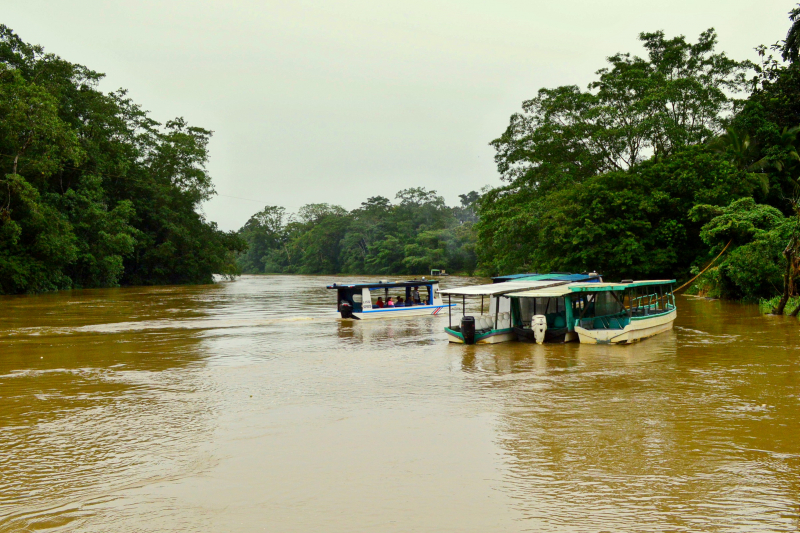Sarapiquí River

The Sarapiqu River, also known as the Rio Sarapiqu, is a tributary of the San Juan River in Costa Rica, and it forms the eastern border of Sarapiqu Canton. The region surrounding the river is primarily lowland tropical rainforest, with lush foliage and a diverse range of plant, animal, and insect life.
This Sarapiqu River is navigable and serves as a local trade route, as well as providing opportunities for fishing and tourism. The river, once known as the 'Siripiqui,' is prone to floods. Plantations of coffee, sugar cane, bananas, and cocoa plants surround the river. The Sarapiqui River was severely impacted by the 2009 Costa Rica earthquake in Cinchona.
Since the country's privatization of energy generation, a number of hydroelectric dams have been erected along the river's path. Corruption connected to hydropower projects sparked public outcry in 2012. Because of its critical role in delivering guns, commodities, and soldiers during the 1856 struggle against the filibusters, the river is designated as a national monument. This is considered one of the longest rivers in Costa Rica.
Length: 85 km









